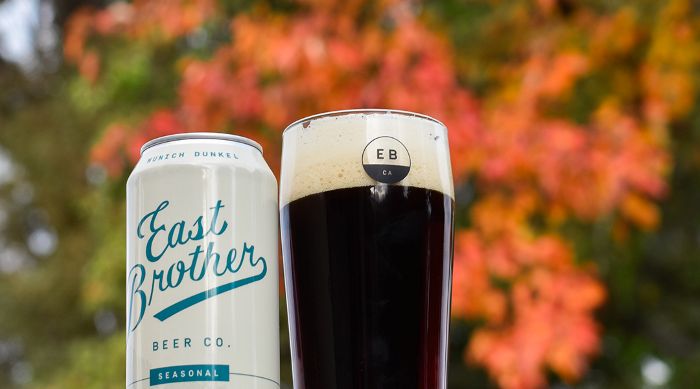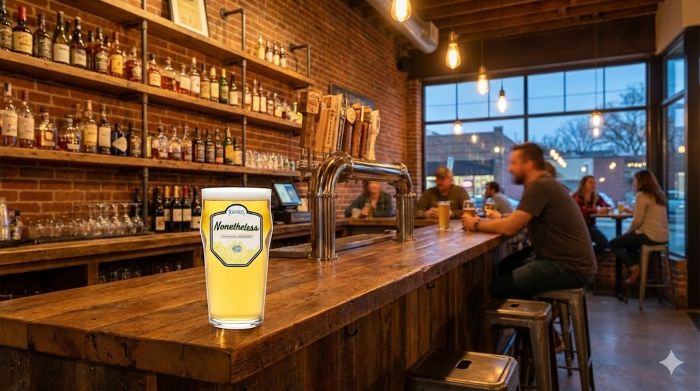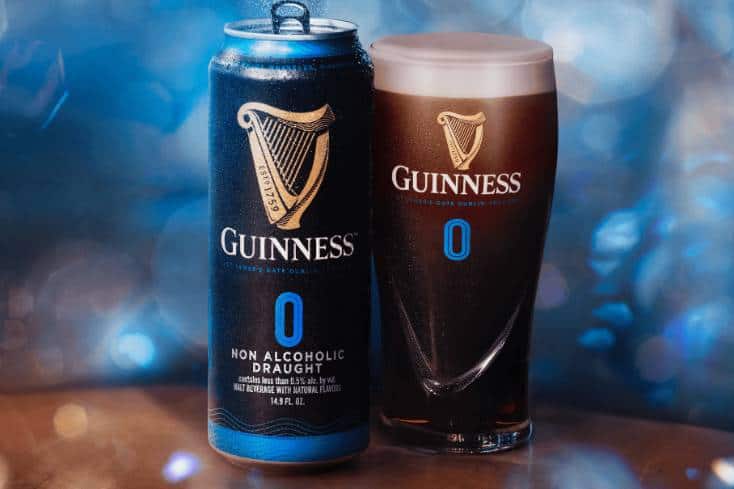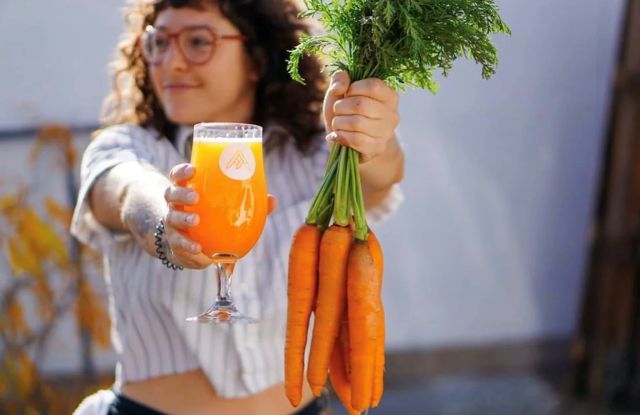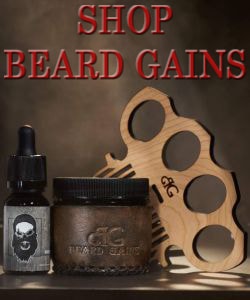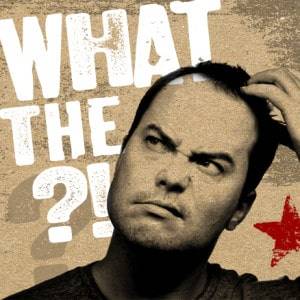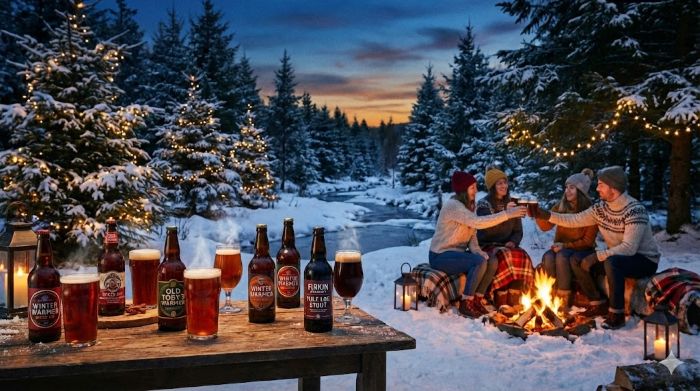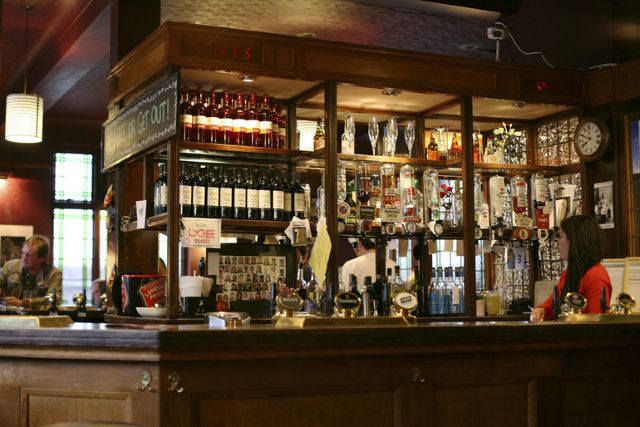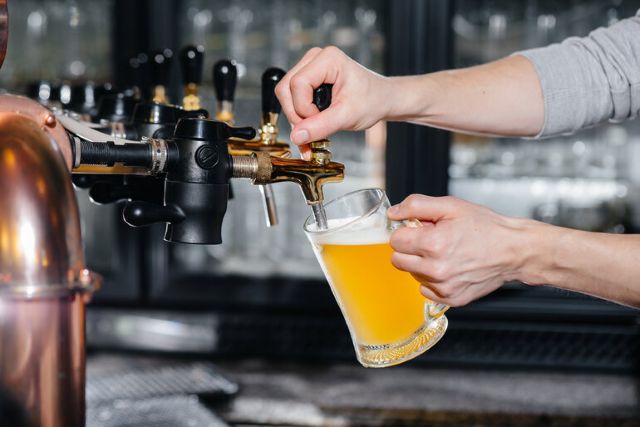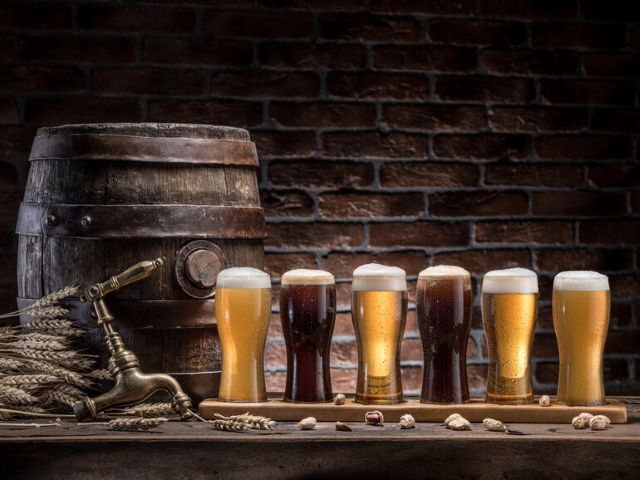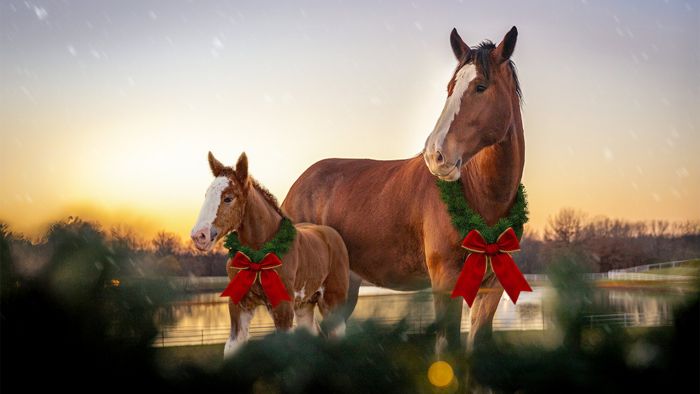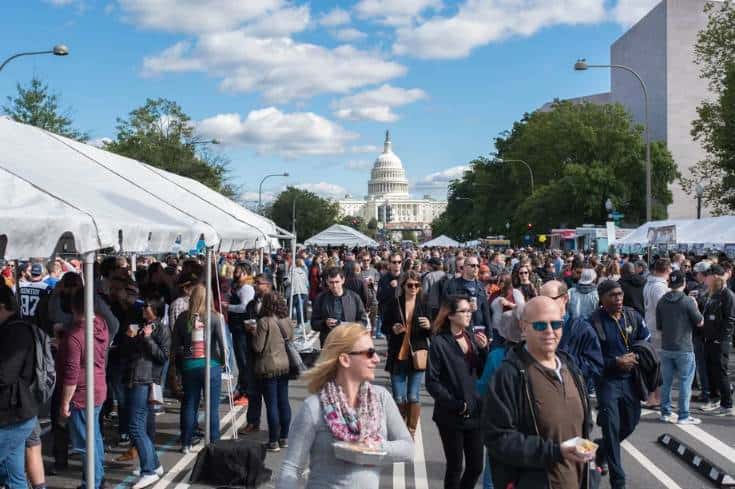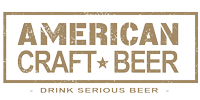The Diminished Session IPA
The Diminished Session IPA

We’ve long believed that the current phase of the craft beer movement was built on the American IPA and more specifically the big West Coast-style India Pale Ales that were started coming out of California and the Pacific Northwest in the late 1990s…Ales that were stronger than anything we’d seen before, IPAs that were unapologetically hopped out of their minds
Breweries like Stone and Sierra Nevada built their empires on this aggressive new style and the thirst for big IPAs soon spread like wildfire.
Doubles, Imperials and even “Triple” IPAs became the rage and acronyms like ABV and IBU commonplace terminology among even the most casual craft beer consumers.
Everyone wanted their IPAs bigger, stronger and more insanely hopped than ever before. And all the new craft breweries, which were seemingly opening daily, were more than happy to step up and provide them.
 Then in 2010 Founders introduced their All Day IPA, a hop-forward, yet relatively low alcohol variation of the India Pale Ale that immediately became the brewery’s bestseller (accounting for over 50% of their overall sales). And the brewery had to start running its canning line 24/7 just to keep up with demand.
Then in 2010 Founders introduced their All Day IPA, a hop-forward, yet relatively low alcohol variation of the India Pale Ale that immediately became the brewery’s bestseller (accounting for over 50% of their overall sales). And the brewery had to start running its canning line 24/7 just to keep up with demand.
When something as monumental as that happens, the industry takes notice, and soon other craft beer majors were jumping into the session IPA game. Lagunitas Day Time fast became an almost overnight success and Firestone Walker’s Easy Jack an instant industry leader.
Soon almost every brewery was introducing their own session IPAs, many of them year-round additions to their core portfolios. As if the public would always demand them; as if the session IPA segment would never slow down. And for a while the stats supported that view.
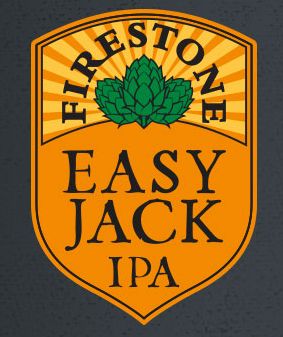 Yet in the midst of the industry’s love affair with the Session IPA, things had already started changing…
Yet in the midst of the industry’s love affair with the Session IPA, things had already started changing…
An article in Draft Magazine reported that session IPA sales, which had seen an astronomical 450 percent growth in 2014 were slowing – and a backlash among consumers and many beer journalists (many of them early supporters) had begun. Retail whispered craft beer buyers seemed to losing interest and some actively moving on.
And here’s some reasons why they may have become less infatuated with this lower alcohol hybrid…
Freshness Is Even More Critical With The Session IPA – Hey we get that freshness is essential for any beer to shine…It’s just that, for whatever the reason, this loss seems to impact this style faster.
Many Session IPAs Taste Like Watered Down Versions Of Something Better – This is the complaint that we hear the most. Of course, you can point to any brand and argue that your favorite holds its own; we’re just saying WE HEAR THIS A LOT.
Session IPAs May Strike Some Consumers As Overpriced – Craft beer commands premium pricing and the growth of the industry argues that consumers are more than willing to pay top dollar for a great craft beer. But is it easier to fork over $12- $15 dollars for a sixer of a “big” IPA than it is to pay a similar price for a lower octane variation? We can’t help but wonder.
Bottom Line – The overall buzz and excitement that greeted Session IPAs even a couple of years ago, is waning. Just ask any retailer what their sell-through rate was this summer compared to last year.
The Session IPA, as a phenomenon, has clearly lost it’s once-vaunted mojo and different styles like new artisan Pilsners and some Sours have moved into that space.
Will next year’s numbers support what we’re seeing on the street? Maybe yes, maybe no…And no doubt there will always be a place for classics like Founders All Day IPA and Firestone Walker Easy Jack. But we think that the era of every brewery having its own year-round flagship Session IPA is already over.
The glow is gone and consumers are moving on to another “best new thing.”
